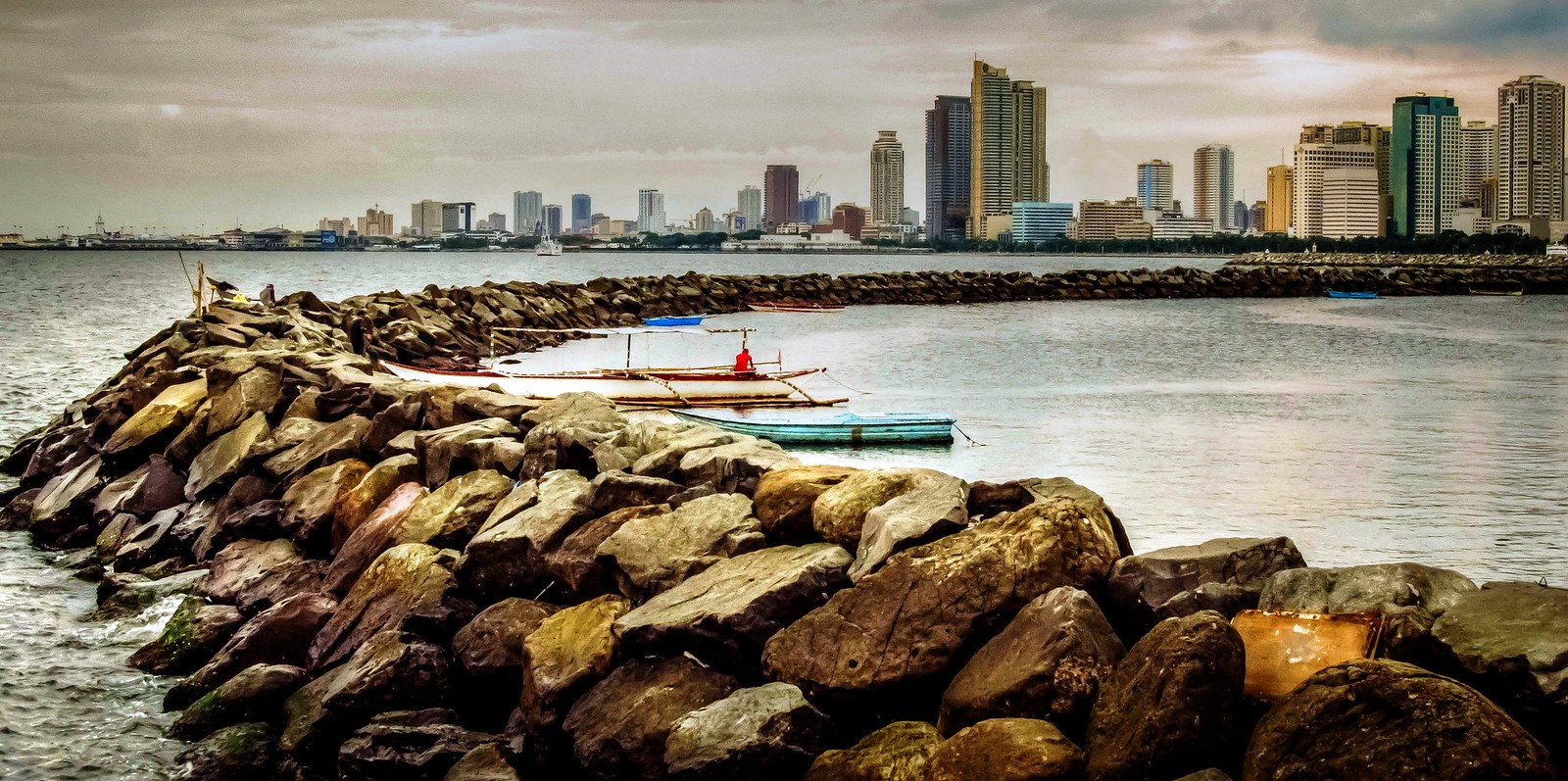 |
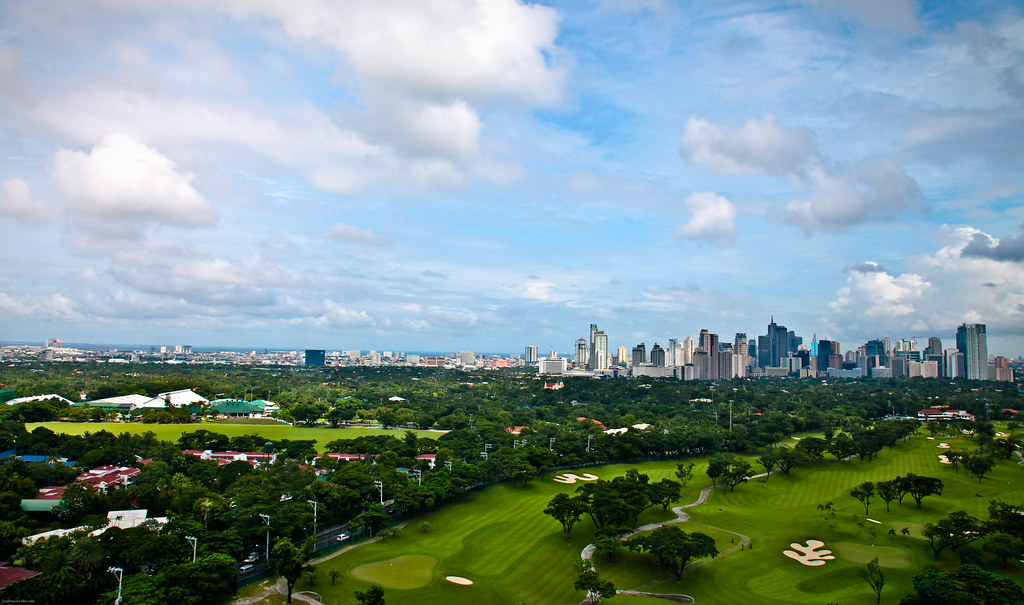 I always pass by this golf course on Mckinley Road. What I remember most was the abundance of huge acacia trees and vegetation that made the place cool. Established in 1901, this is undoubtedly Manila's preeminent golf club. The 18-hole course is impeccably maintained, while the clubhouse features a coffee shop, a restaurant and a gym for the relaxation of members. I always pass by this golf course on Mckinley Road. What I remember most was the abundance of huge acacia trees and vegetation that made the place cool. Established in 1901, this is undoubtedly Manila's preeminent golf club. The 18-hole course is impeccably maintained, while the clubhouse features a coffee shop, a restaurant and a gym for the relaxation of members.We learn more of our true history in our social intercourse on rural justice more than the news/books from the Western Media in our classroom years. We were somewhat brainwashed to think that people who fight to uplift themselves from social oppression were all bad. To look at the true story of the HUK Insurrection in the Philippines, is to open both sides of society, the poor and the rich. |
|
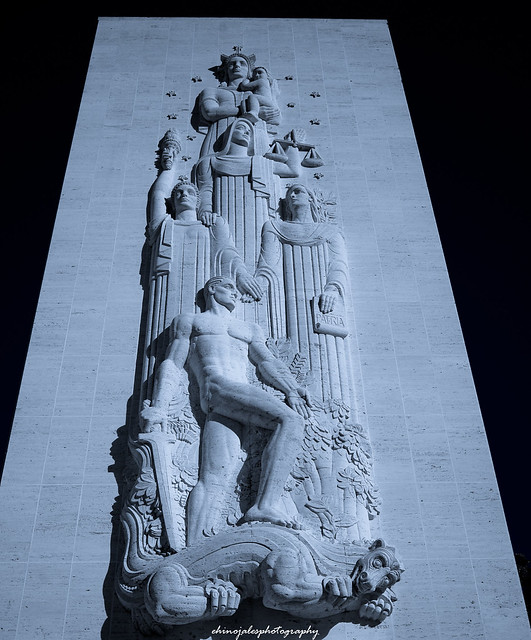 These is located next to our home base at the Navy Village about a mile away. Chapel Sculpture Facade of the 60-ft tall chapel of the American Cemetery in Fort Bonifacio, Taguig City. The sculpture represents, from bottom to top, the young American warrior symbolized by St George, fighting his enemy, the dragon, in the jungle. Above them are the ideals for which he fought: Liberty, Justice, Country. Columbia, with the child symbolizing the future, stands at the zenith. Information sourced from the Manila American Cemetery and Memorial pamphlet.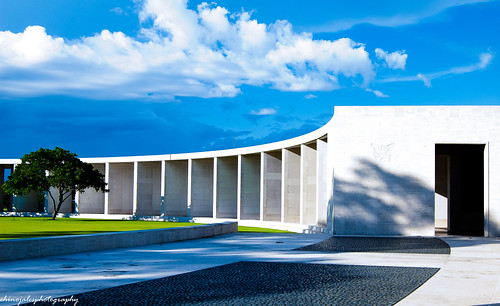 High Noon at the Batttlefield
Right hemicycle of the Manila American Cemetery, viewed from the entrance of the left hemicycle. The gap between the gray pebbles is the path to the memorial's chapel. For more information, please see
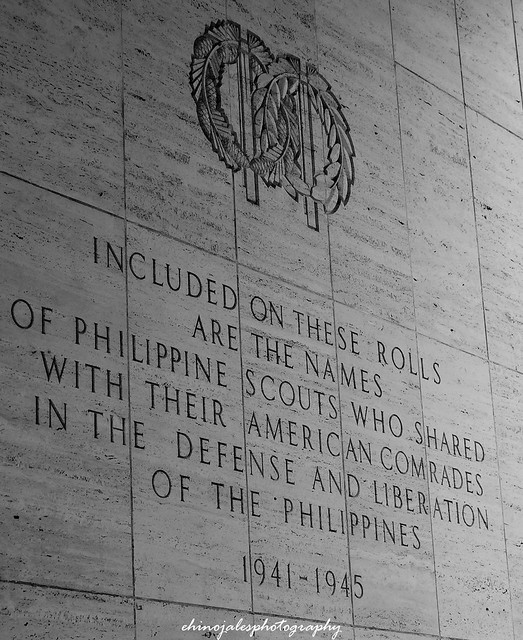 In Memoriam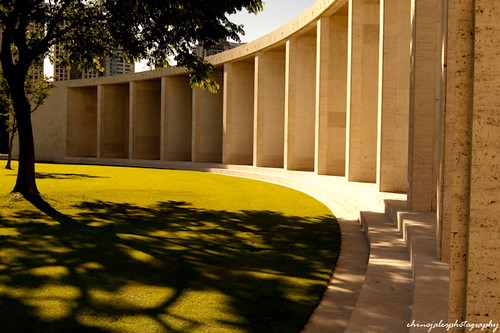 Opposites
Shot at the Manila American Cemetery. The brownish smooth hardness of the limestone tablets against the dark, disordered patterns of the tree's foliage. Order and disorder. Life. Gone, and the living.
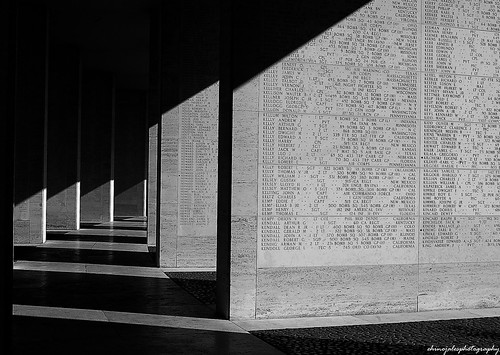 Wall of the Missing. Continuing with the B&W project. Shot at the Manila American Cemetery in Fort Bonifacio, Taguig City. As the sun gently sinks, the shadows slowly draws across the names of the missing valiant - exactly 36,286 American and Filipino servicemen are recorded in these limestone tablets.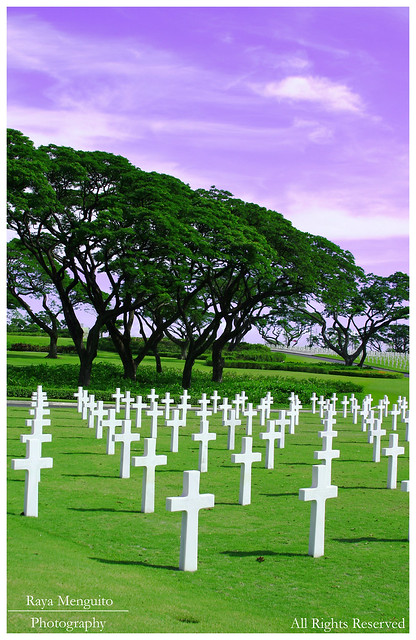 Manila American Cemetery and MemorialManila American Cemetery and Memorial is located in Fort Bonifacio, Taguig City in Metro Manila, Philippines.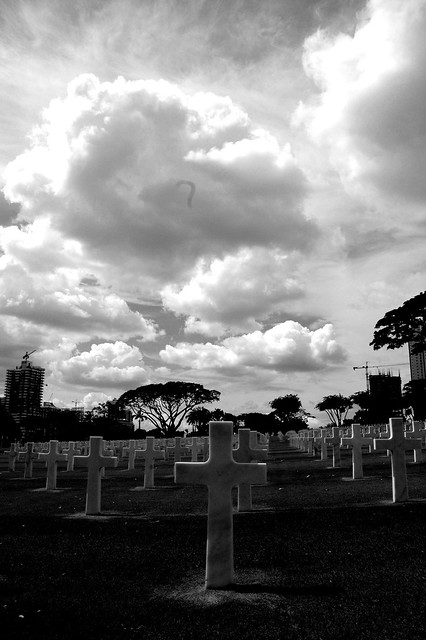 Manila American Cemetery and Memorial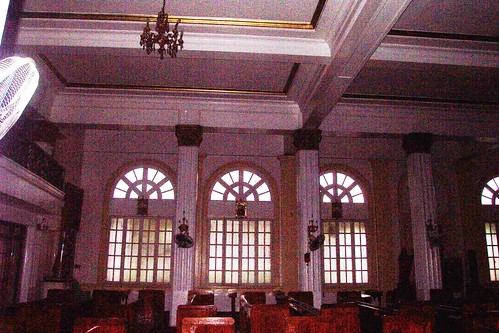 Nave Chapel of Our Lady of the Miraculous Medal, Philippine Women's University, Manila, Philippines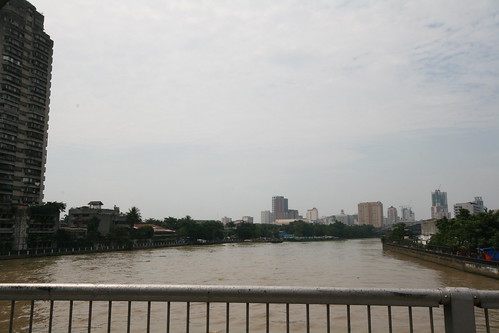 Pasig River viewed from old Ayala Bridge  Puerta de Isabel Gate through the old Spanish Wall, Intramuros, Manila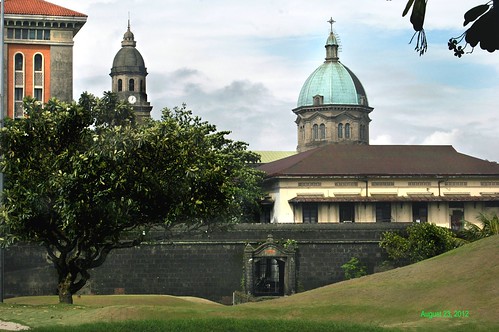 Puerta Postigo del Palacio Gate, Intramuros, Manila, Philippines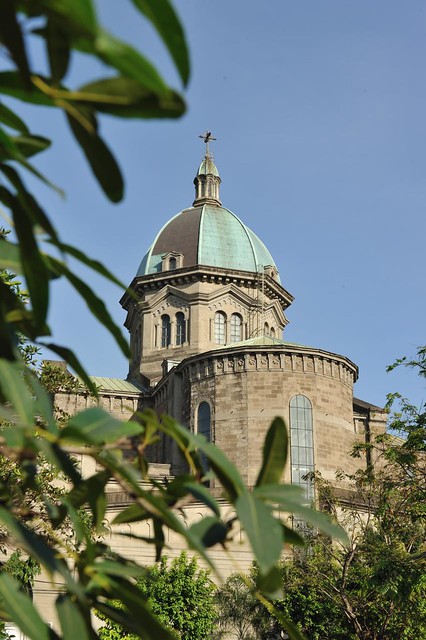 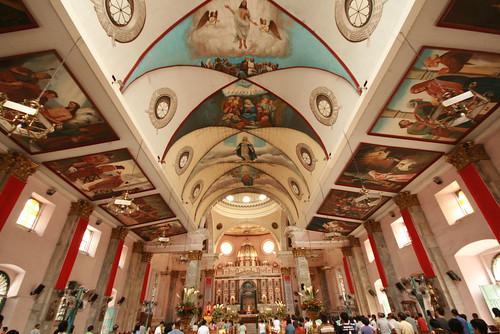 The awesome interior of old Binondo Church ( Basilica of San Lorenzo Ruiz ) .... the patroness of this historic Dominican Church is the Nuestra Senora Del Rosario . 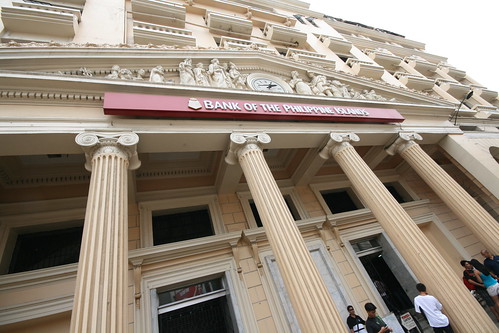 In College, I worked in this building with an export import company. | 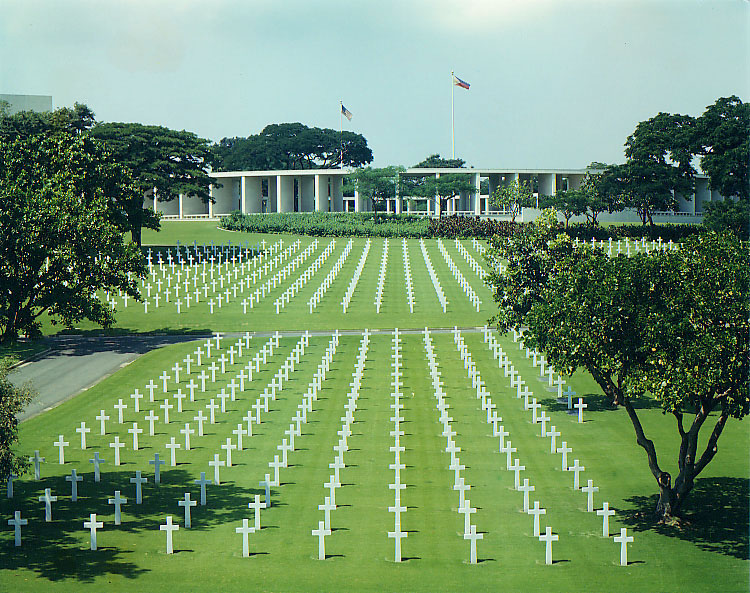   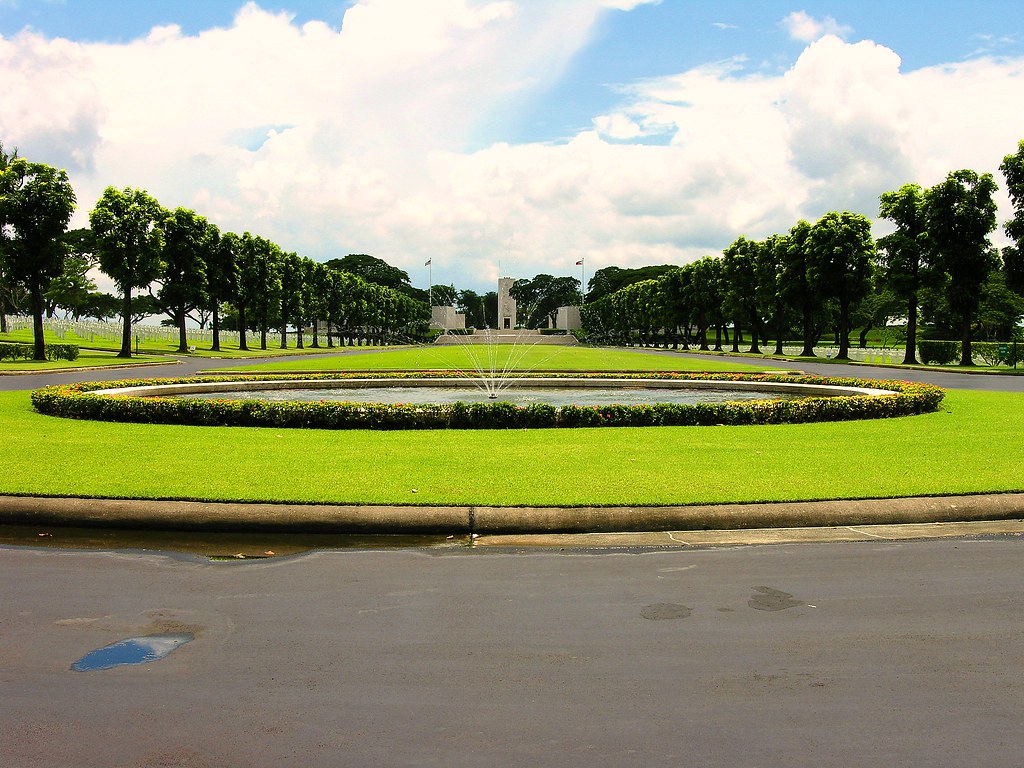
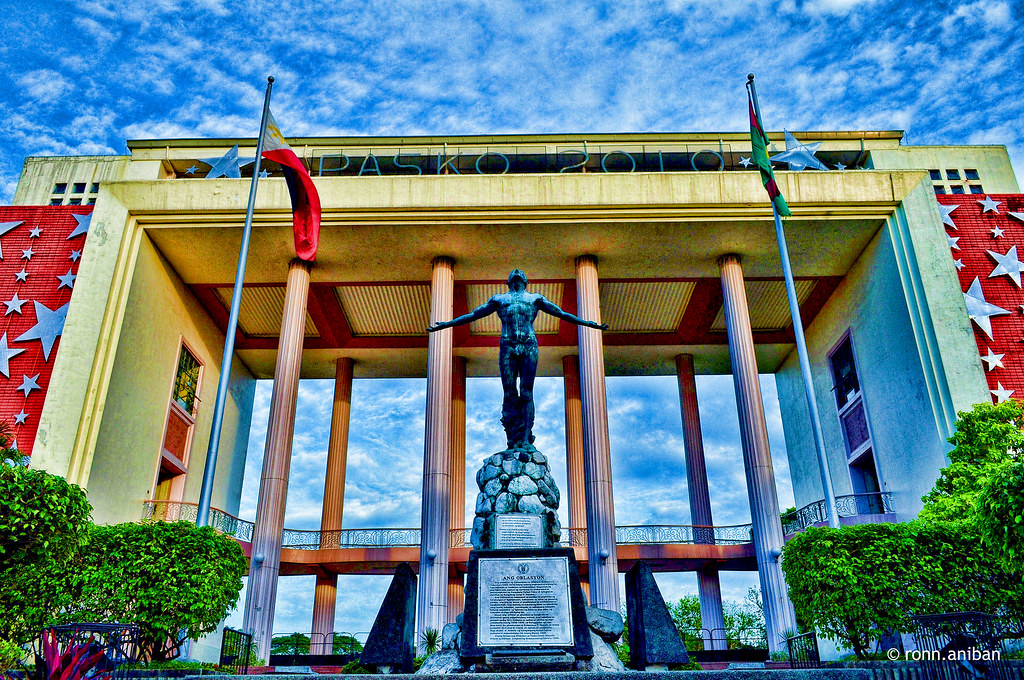 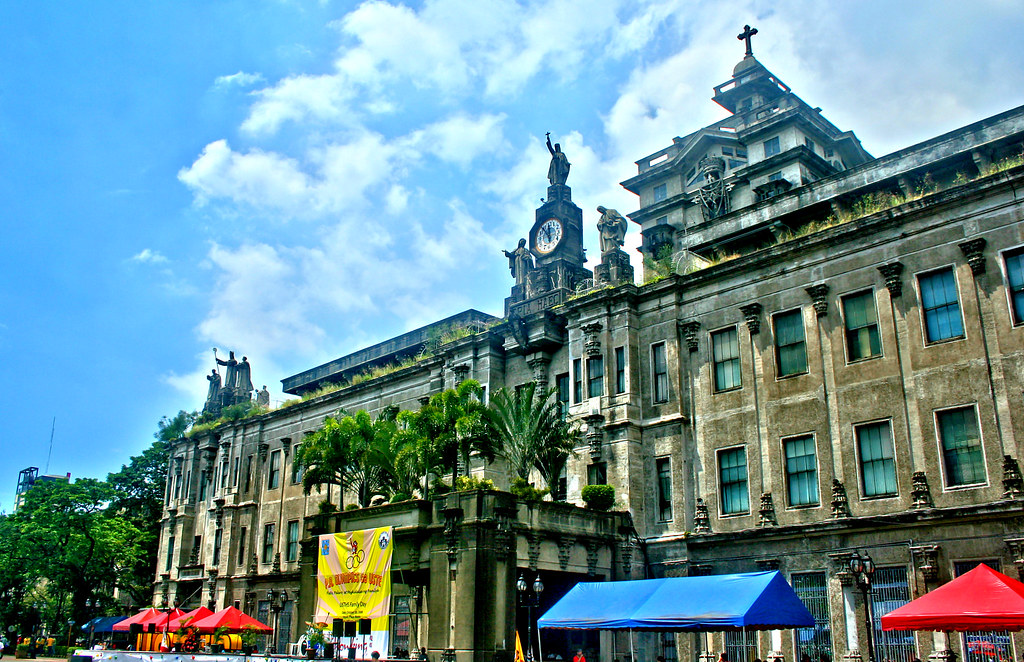
 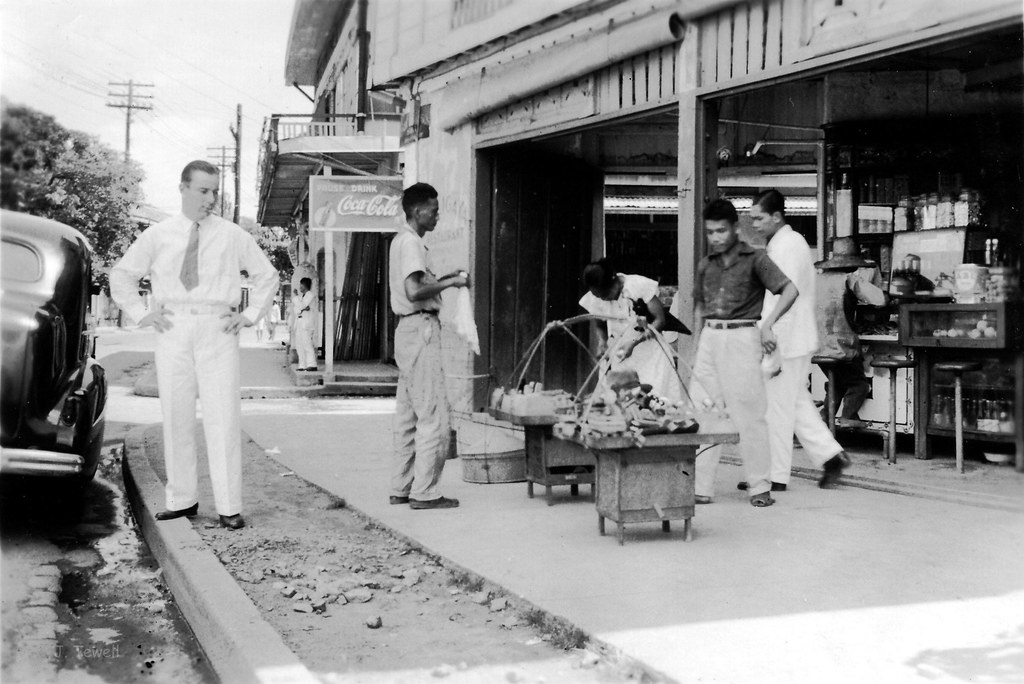
|
Independent Philippines and the Third Republic (1946-1972). In April 1946, elections were held. Despite the fact that the Democratic Alliance won the election, they were not allowed to take their seats under the pretext that force had been used to manipulate the elections. The United States withdrew its sovereignty over the Philippines on July 4, 1946, as scheduled.
Manuel Roxas (Liberal Party), having been inaugurated as President as scheduled, on July 4, 1946 before the granting of independence, strengthened political and economic ties with the United States in the controversial Philippine-US Trade Act, In Mar., 1947, the Philippines and the United States signed a military assistance pact (since renewed) which allowed the US to participate equally in the exploitation of the country's natural resources—and rented sites for 23 military bases to the US for 99 years (a later agreement reduced the period to 25 years beginning 1967). These bases would later be used to launch operations in the areas of Korea, China, Vietnam, and Indonesia. During the Roxas administration, a general amnesty was granted for those who had worked together with the Japanese while at the same time the Huks were declared illegal. His administration ended prematurely when he died of heart attack April 15, 1948 while at the US Air Force Base in Pampanga. Vice President Elpidio Quirino (Liberal Party, henceforth referred to as LP) was sworn in as President after the death of Roxas in April 1948. He ran for election in November 1949 against Jose P. Laurel (Nacionalista Party, henceforth referred to as NP) and won his own four-year term. During this time, the CIA under the leadership of Lt. Col. Edward G. Lansdale was engaged in paramilitary and psychological warfare operations with the goal to hold back the Huk Movement. Among the measures which were undertaken were psyops-campaigns which demoralized the superstition of many Filipinos and acts of violence by government soldiers which were disguised as Huks. By 1950, the U.S. had provided the Philippine military with supplies and equipment worth $200 million dollars. The huge task of reconstructing the war-torn country was complicated by the activities in central Luzon of the Communist-dominated Hukbalahap guerrillas (Huks), who resorted to terror and violence in their efforts to attain land reform and gain political power. They were finally brought under control (1954) after a dynamic attack introduced by the minister of national defense, Ramón Magsaysay. By that time Magsaysay was president of the country, having defeated Quirino in Nov., 1953. His campaign was massively supported by the CIA, both financially and through practical help in discrediting his political enemies. He had promised sweeping economic changes, and he did make progress in land reform, opening new settlements outside crowded Luzon Island. His death in an airplane crash in Mar., 1957, was a serious blow to national morale. Vice President Carlos P. García succeeded him and won a full term as president in the elections of Nov., 1957. In foreign affairs, the Philippines preserved a firm anti-Communist policy and joined the Southeast Asia Treaty Organization in 1954. There were difficulties with the United States over American military installations in the islands, and, in spite of formal recognition (1956) of full Philippine sovereignty over these bases, tensions increased until some of the bases were dismantled (1959) and the 99-year lease period was reduced. The United States rejected Philippine financial claims and projected trade revisions. Philippine opposition to García on issues of government corruption and anti-Americanism led, in June, 1959, to the union of the Liberal and Progressive parties, led by Vice President Diosdado Macapagal, the Liberal party leader, who succeeded García as president in the 1961 elections. Macapagal’s administration was marked by efforts to combat the mounting rise that had plagued the republic since its birth; by attempted alliances with neighboring countries; and by a territorial argument with Britain over North Borneo (later Sabah), which Macapagal claimed had been leased and not sold to the British North Borneo Company in 1878.
Inside the walls of Intramuros, The location of MIT.One of the seven Gates. The construction of Intramuros started in 1571 by Miguel Lopez de Legaspi, a Spaniard. The walled city covers an area of about 160 acres. Intramuros was a fortress city with walls 6 metres high and a commanding 3 kilometres in length, it is no wonder it was impenetrable. Only the Spanish elite and Mestizos (mixed race) were permitted to live inside Intramuros, where at night the city gates were locked down.
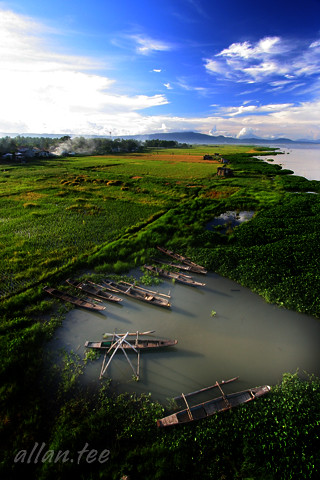 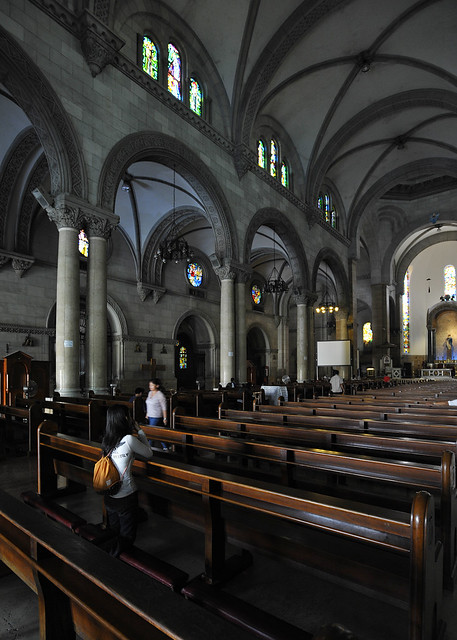 Intramuros, Manila cathedral
The natives and Chinese were not permitted to live inside the walled fortress and were resigned to live outside the great walls of Intramuros. Intramuros was designed with 51 blocks within the vast walls, the only access in or out of Intramuros was via seven fortified gates. A moat around the walled city was added in 1603. Spread throughout the 51 blocks of the city were 12 churches, hospitals, domestic accommodation, military barracks, Governors Palace and schools.

My Church in the town of my birth:Tanay, Built in 1778, the church was named after the Archbishop Ildefonso of Toledo, Spain, who was consecrated during the year 657 AD; revered for his spiritual vitality and deep writings contained in “ The Book of the Virginity of Maria”. Behind the heavy stone edifice decorated with Hispanic, archetype windows and stone sculpture of its saint, are legends that found its way to this generation. Tradition has it that an image of the Lady of the Immaculate Conception, was found among the belongings of our fleeing forefathers on the onset of the Spanish Invasion in 1573; the same image found among the remnants from the fire that gutted the first church in 1620- a lone survivor! During the Chinese Uprising in 1639, Father Geronimo de Frias hid it in the fields but was later on found by the Chinese rebel who tried to destroy the image, instead to themselves befell violent death.
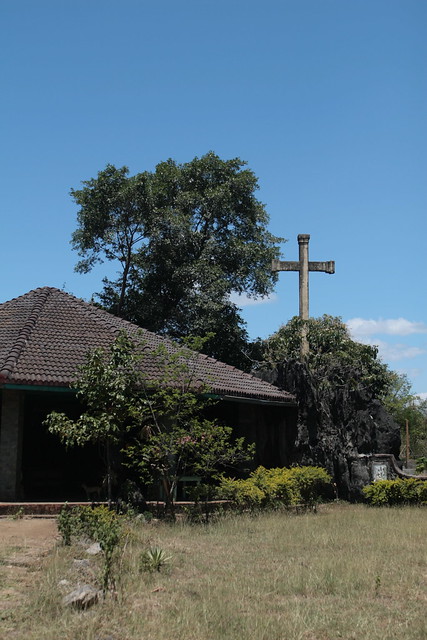
Cross at Bukal, in Tanay
This was always sang to me by my grandmother. Presented in this video are the vintage photographs of the following colonial and historical religious edifices:
1. La Loma Church - formerly Caloocan, now Manila
2. Sto Domingo Church- Intramuros (destroyed by the Americans during world war II) 3. Paco Catholic Cemetery - Paco 4. Tondo Church -Tondo 5. San Sebastian Church -Manila 6. Binondo Church - Binondo 7. San Juan Church - San Juan 8. Sta. Cruz Church - Manila 9. Manila Cathedral - Intramuros 10. Poong Nazareno Church - Quiapo
Television was introduced in the Philippines in 1953 with the opening of DZAQ-TV Channel 3 of Alto Broadcasting System in Manila. The station was owned by Antonio Quirino, the brother of the incumbent Philippine president, who was set to run for re-election the following year. The station operated on a four hour-a-day schedule (6 - 10 p.m.) and telecast only over a 50-mile radius. This television station was later bought by the Chronicle Broadcasting Network which started operating radio stations in 1956. CBN was owned by the Lopezes who were into various business concerns. The acquisition signalled the birth of ABS-CBN Broadcasting Network, now considered one of the major broadcasting companies not only in the Philippines but also in Asia. The Lopezes also owned The Manila Chronicle, a leading daily at that time. ABS-CBN therefore became not only the first radio-TV network in the Philippines but also the first cross-media entity owned by a family --- a situation which remains until today. Subsequently, the Lopez group added a second station, DZXL-TV 9. By 1960, a third station was in operation, DZBB-TV Channel 7 or Republic Broadcasting System, owned by Bob Stewart, a long-time American resident in the Philippines , who also started with radio in 1950. The first provincial television stations were established in 1968 in Cebu, Bacolod, and Dagupan by ABS-CBN. The network is supplemented by 20 radio stations located nationwide.
Economic constraints during these early years of television forced a dependence on imported programs from three U.S. networks – ABC, CBS, and NBC. Importing programs was cheaper than producing them locally. In addition, canned programs appeared to be more popular among local audiences, even though initiatives were made in educational programming.
The commercial thrust of Philippine broadcasting has made it unique among other East Asian countries, where the electronic media are controlled and operated by the government. While this free enterprise environment made local broadcasting globally competitive, the same environment made it difficult to produce and broadcast public service and "development" oriented programs.
Philippine television's early dependence on US programs may be partly responsible for "colonial mentality" that has continued to afflict Filipinos during the past several generations. The commercial orientation of TV also engendered a "that’s entertainment" mentality in both the advertisers and the general public.
|
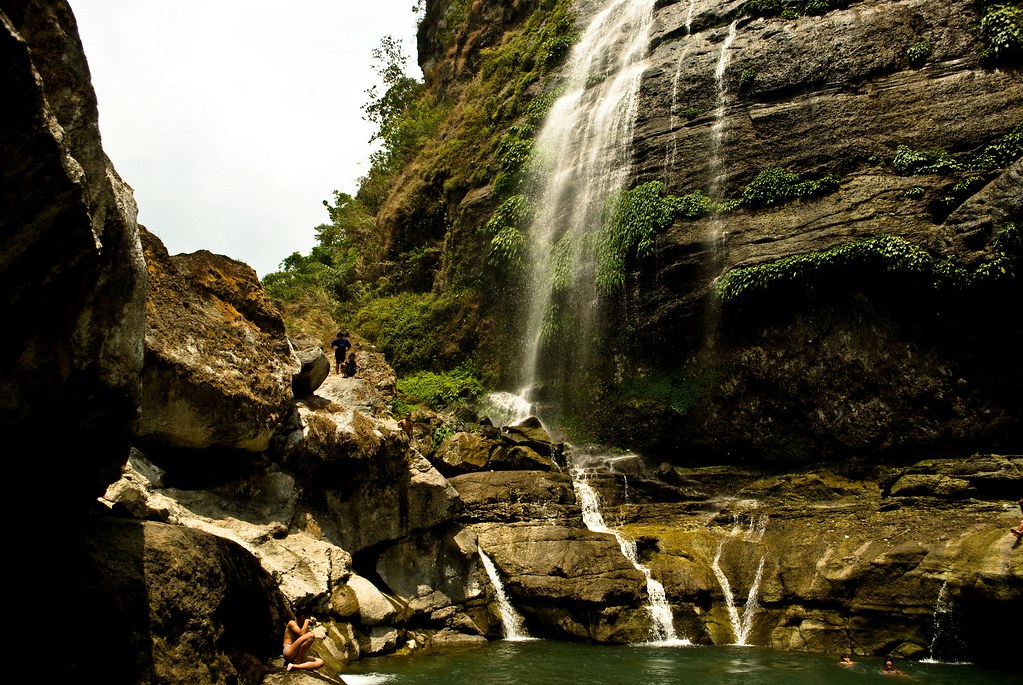 Bomod-ok Falls
|
POSTCARDS FROM THE PHILIPPINES
Welcome, welcome 'o weary traveler... from where do you cometh? Are you seeking new lands to conquer, perhaps planning a visit to the Philippines? Or are you simply feeling home-sick and hungry for photographs of home? Whatever, feel free to look or share. An adventure awaits.#158 Children of Pulag When we travel around our country, one of things we find in absolute abundance are young children. They are friendly, wide-eyed, and generally as curious of us as we are about them. It helps that our country's population is growing at its fastest clip in history. But we shoot them for a very simple reason: they are most willing to be photographed. We were on our way up to Mt. Pulag when we spotted a lone school house by the road. We quickly alighted from our jeepney and walked into a class in progress, introducing our ourselves and chatting up a storm with a most charming teacher. They don't get a lot of visitors like us, and we can't get more compelling photographs of our trips. That's Street Photography 101 when in the boondocks. Enjoy. (Pixel-peepers: A group picture inside their dim classroom wasn't my idea of an environmental portrait, so we found a partially broken fence behind the schoolhouse where everyone can be in his/her own element.) Where in the world is the Mt. Pulag in Benguet? #157 Strawberry Vendors Mention Baguio City and most people will tell you about the ripe red strawberries you can find in the market. But to get the freshest and choicest strawberries, you need to go to the source, to nearby La Trinidad in Benguet. Surrounded by berry fields, you can eat at your heart's desire. Better yet, get on your knees to harvest your own, they are even fresher. But not a berry connoisseur myself I found something more interesting to do: wander along its fringes with a long lens to shoot the village life, much like a sniper. There's a lot going on here, primary of which are farmers gathering and packing strawberries for tourists like me. It's an art form of sorts, to select and arrange the berries for optimal appeal. The process is so consuming that few notice me picking-off their portraits in succession. Sometimes, you just have to go to the source. Enjoy. (Pixel-peepers: Using a long lens at its maximum aperture, the narrow depth-of-field can isolate a single person from her background. She is tack sharp, surrounded by a background that gradually blurs away. Delicious bokeh!) Where in the world is La Trinidad, Benguet? #156 Vegetable Farmers In La Trinidad in Benguet, farmers planted strawberries interspersed among vegetables. I was last here more than 20 years ago but found no special connection to the place, that is, until early this year. You see, Birang and I knew this little girl awaiting adoption. She was queued to go to a childless couple in Benguet, vegetable farmers who had become sterile due to pesticide exposure. Now, finally getting parents of your own is better than having none at all, but we had prayed she would land on more favorable circumstances. But to grow up around pesticides? It was a tense moment. At the last minute, and by a stroke of destiny augmented by prayer, she ended up across the Pacific with this wonderful Filipino couple who loves her dearly. It was a very happy ending, one that almost included this place in Benguet where this postcard was taken. Enjoy. (Pixel-peepers: The midday sun was beating down on these farmers. And on me. That's when I realized a good hat and a sweat-wicking balaclava can be worth their weight in gold. Don't leave home without them!) Where in the world is La Trinidad, Benguet? Sign-up to receive new postcards weekly by email Past postcards at www.PostcardsFromManila.com Say hello: Bobbyw59@yahoo.com But wait, there's more... For those who've inquired about buying prints of my postcards, you may purchase them directly from master printmaker Arnel Murillo (murilloarnel@yahoo.com), one of the country's foremost fine-art printmakers. Arnel uses archival inks and museum-grade paper to ensure his prints will not fade. You will not be disappointed. (All my images are provided gratis to help showcase the beauty of our country. But if you feel generous, help me uplift the lives of the Children of Payatas. #155 Veggie Supply Chain Want to create more jobs? Eat more veggies. Say what? If you live in Manila, chances are the vegetables you eat are grown in La Trinidad in Benguet. What will surprise you is how many people are involved in getting them to you. It starts on the farm where farmers hire truckers to send their produce to the vegetable trading post in La Trinidad. From there a marketer sells the produce to buyers through a transaction conducted entirely in whispers! (On the left side of today's postcard, the marketer is wearing a green cap and the buyer sports a red scarf.) When a sale is consummated, vegetable packers (on the van) pack the correct quantity into plastic bags and hand them over to the buyer's porter. The packers are paid by the number of kilograms packed. The porter is paid by the number of loads he carries to the buyer's truck. That's an entire job ecosystem there. Bet you didn't know you put so many people to work just by eating your veggies! Enjoy. (Pixel peepers: When the brightness range between your subject and the background sky is too great, there is little choice but to allow the sky to blow-out. It helps if you limit the amount of blown-out sky shown in your composition.) Where in the world is La Trinidad, Benguet?? #154 Namumulot Another way to make a living at harvest time? When you don't own the field, or can't get any work harvesting it, you've got to find a way to share in the prosperity around you. That's when I spotted this farmer and his son, with a handful of rice stalks in hand, busily combing the barren fields at sunset, long after most everyone else had left for the day. What are you doing? He called himself a "namumulot", meaning someone who picks things up. They are picking up stray and forgotten stalks of rice in the field, given up for dead by harvesters before him. In a large field, given enough diligence, one can still pick off enough to cook a meal or two. One man's trash is clearly another's treasure, if only to illustrate what some rural folks have to do to get by. Enjoy. (Pixel-peepers: Shooting in the golden light of sunset? The harshness of the light is made-up by the warm golden color it adds to our photographs. It's a time of day when I'd rather be out shooting.) Where in the world is San Jose, Mindoro? #153 A New Year The first day of the year is like no other. It's akin to standing in a comfortable shade while peering out into an open field lit by the first rays of the sun. Whatever was in the past year are still fresh, nestled in the shadows just behind you. And whatever will be in the future is still obscured by mist and haze, just over the horizon in front of you. For the introspective, today will be a day of reminiscence and hope. Do I stay in the comfort of the shadows, in a past that I already know, and watch the new world go by? Or do I step into the light, take my place in the world, and allow my destiny to reveal itself? Enjoy. (Pixel-peepers: Early morning in an open field, the light can be too harsh when you shoot from inside the shadows. Our camera sensors lack the range to record the brightest and darkest, that's why in situations like these you need to make a choice. Should I preserve the shadows and blow-out the sky? Or should I render the blue sky and clouds correctly and simply allow my main subject to go into silhouette? Either one can work, but unfortunately just like today's crossroad, not both! Happy New Year.) Where in the world is San Jose, Mindoro? Sign-up to receive new postcards weekly by email Past postcards at www.PostcardsFromManila.com Say hello: Bobbyw59@yahoo.com But wait, there's more... For those who've inquired about buying prints of my postcards, you may purchase them directly from master printmaker Arnel Murillo (murilloarnel@yahoo.com), one of the country's foremost fine-art printmakers. Arnel uses archival inks and museum-grade paper to ensure his prints will not fade. You will not be disappointed. (All my images are provided gratis to help showcase the beauty of our country. But if you feel generous, help me uplift the lives of the Children of Payatas. Blog Archive
|
The Philippines offers the traveler diverse cultures, varied scenery, a rich history, endless activities and, foremost, a welcoming people. From the electric chaos of the capital city of Manila to the serenity of the island of Cebu and the other 7,106 islands, the Philippines has something for everyone.In spite of invasions, oppressions and hardships they’ve suffered, the Filipinos have never lost their feelings of goodwill toward other people and their faith in God. The Philippines is still a well-kept secret, let this Travelscope's video take you to the Philippines.
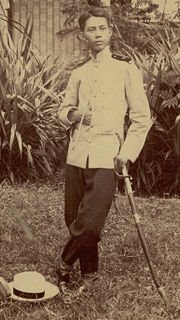

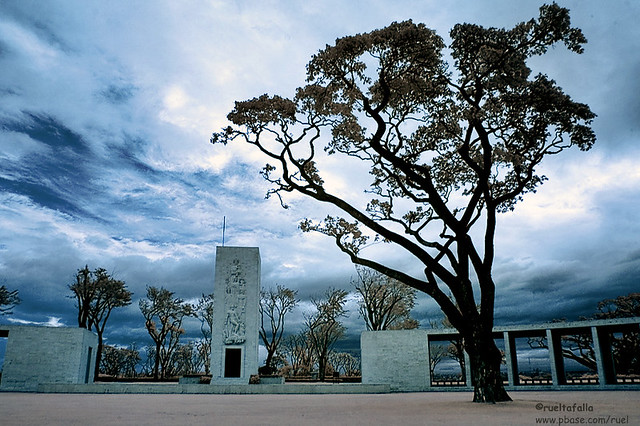
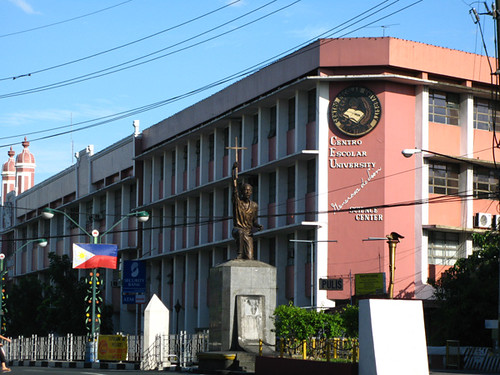
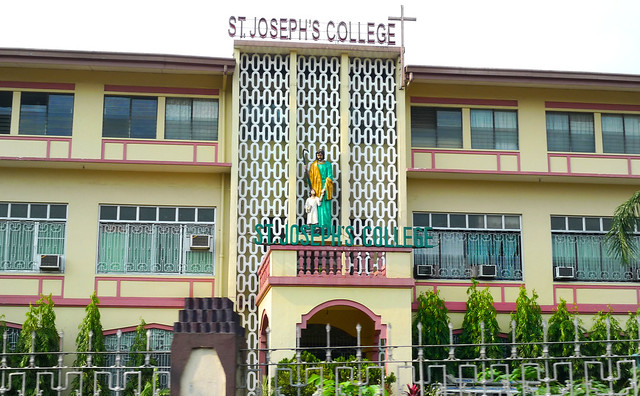
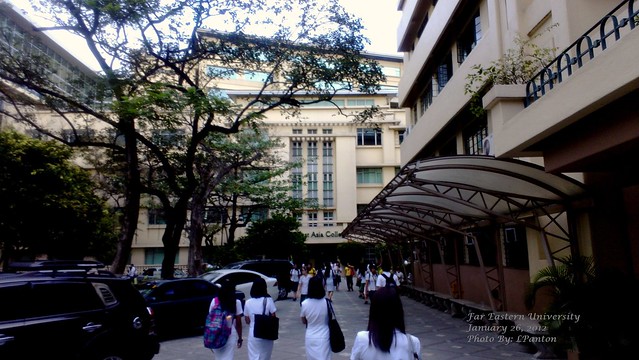

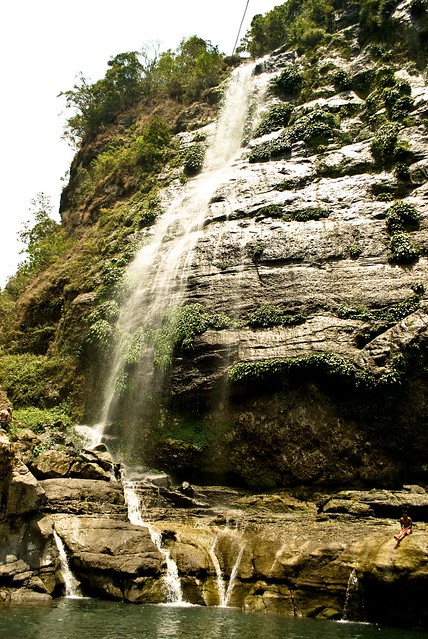
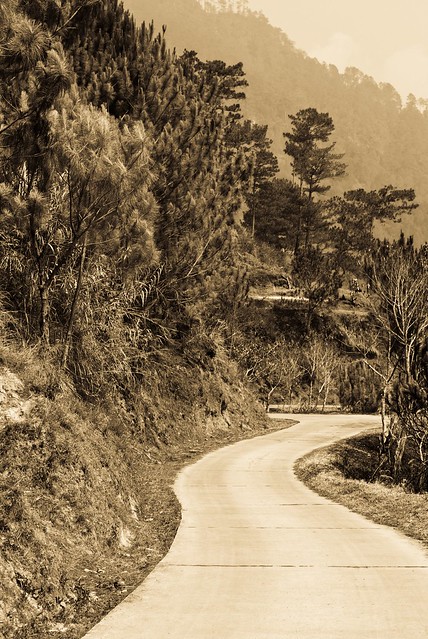
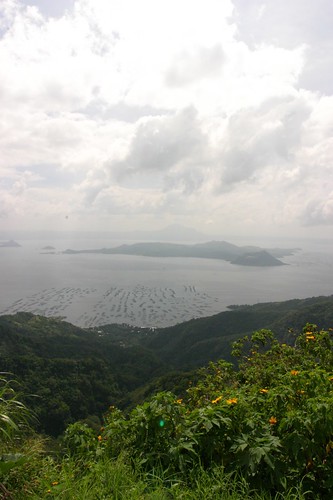
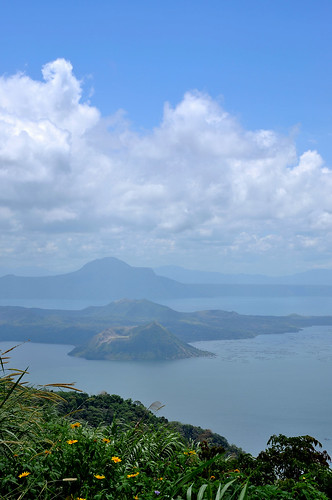
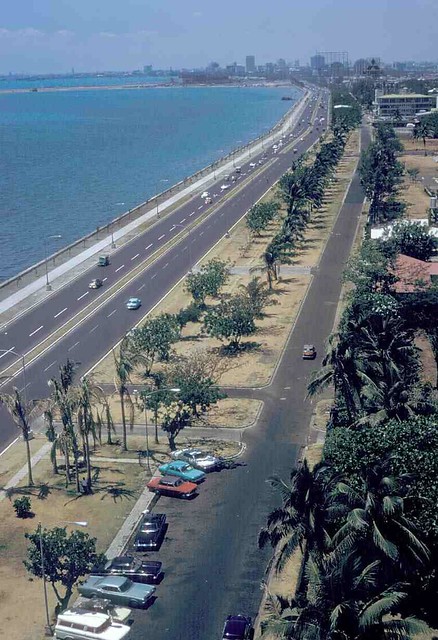
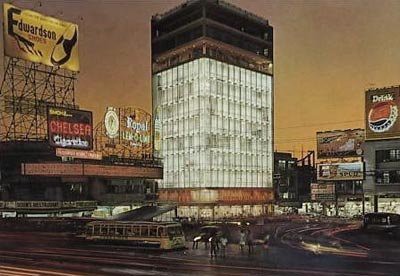
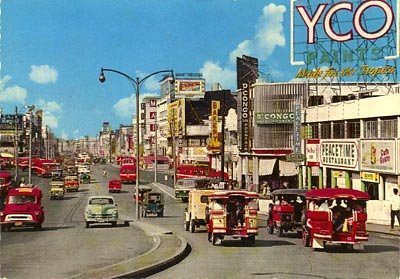

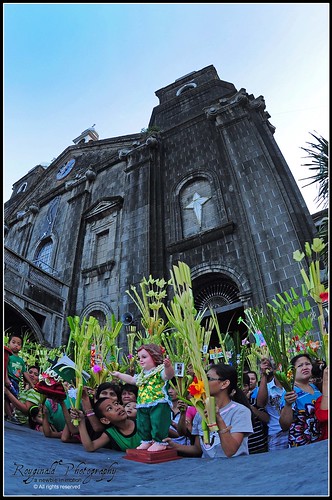
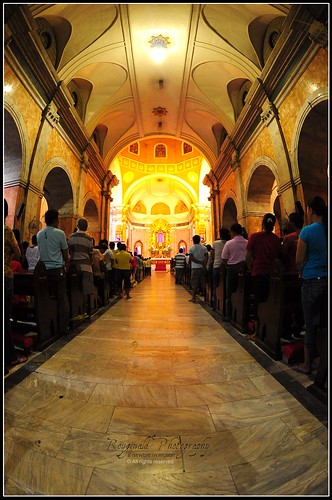

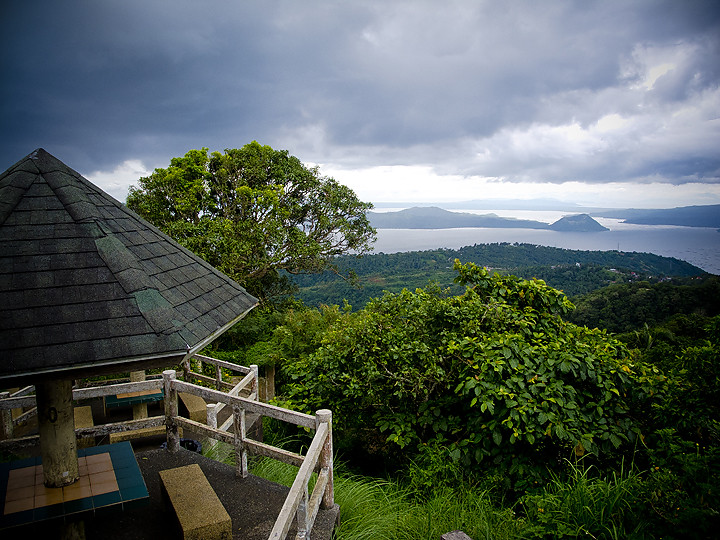





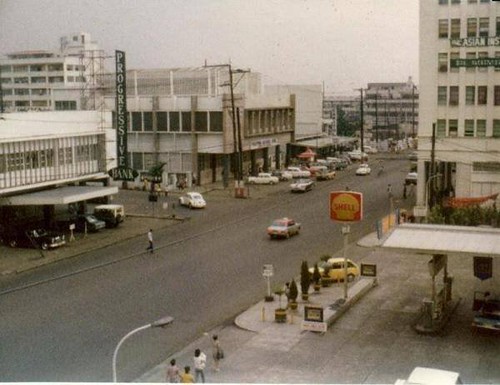
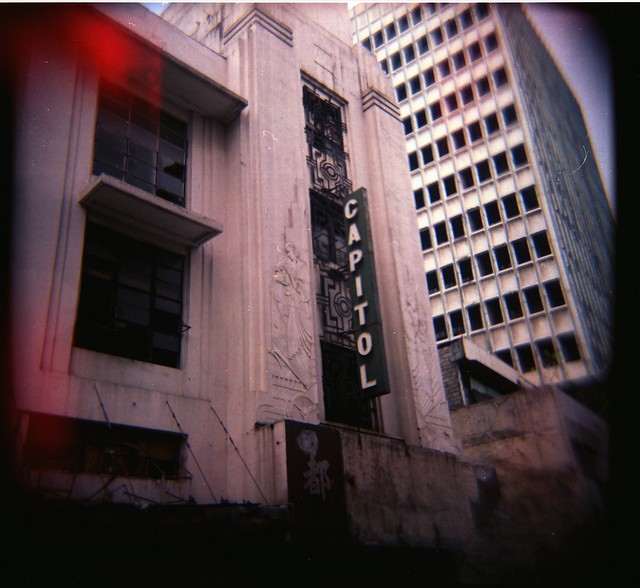

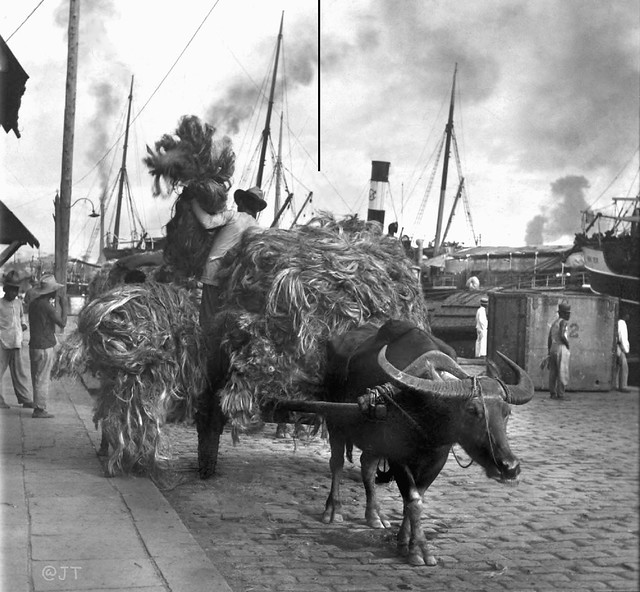
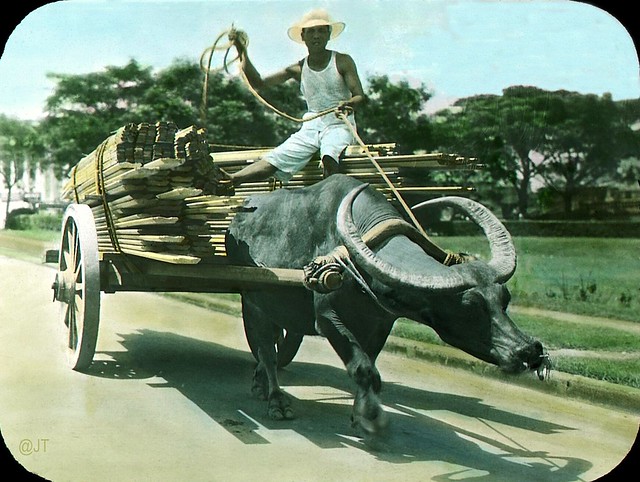

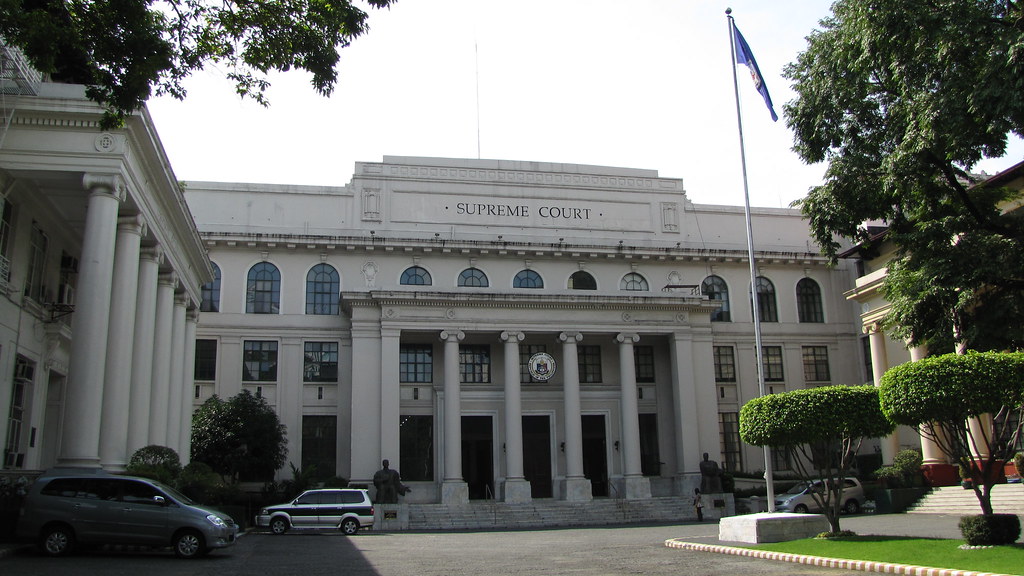

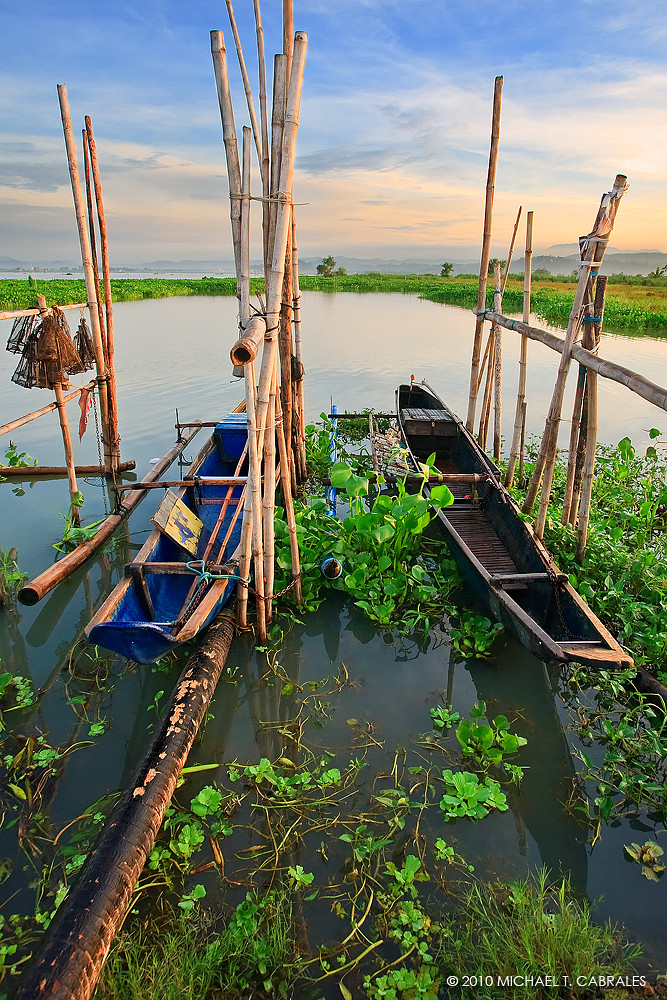
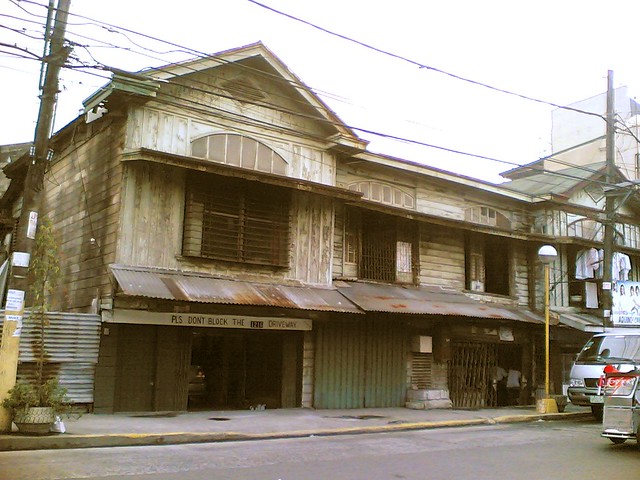
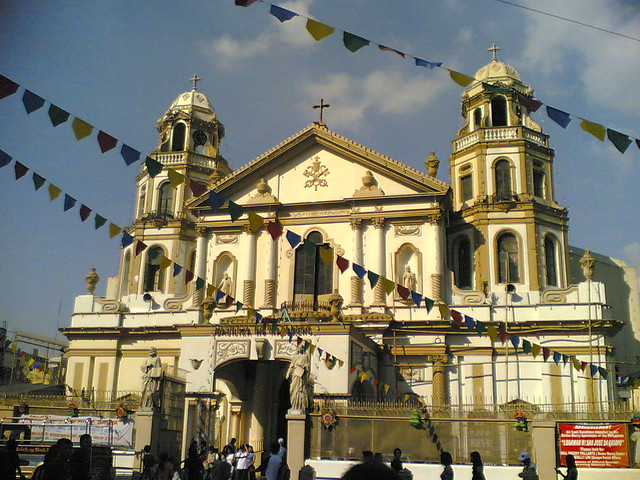
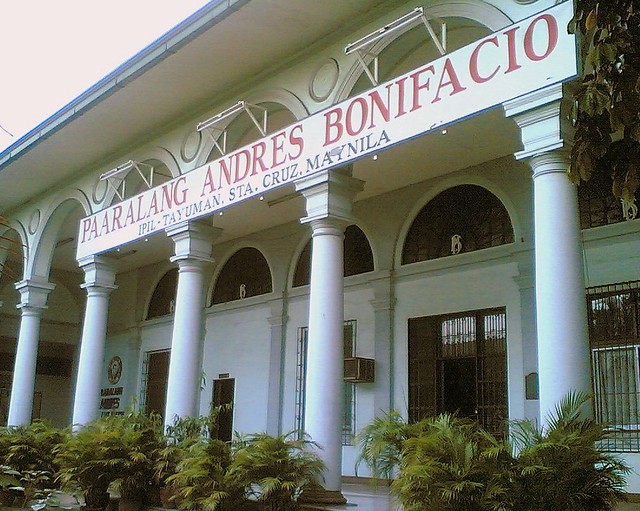
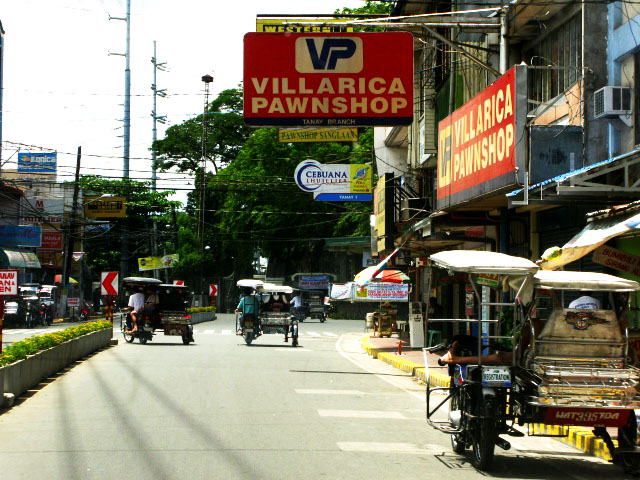



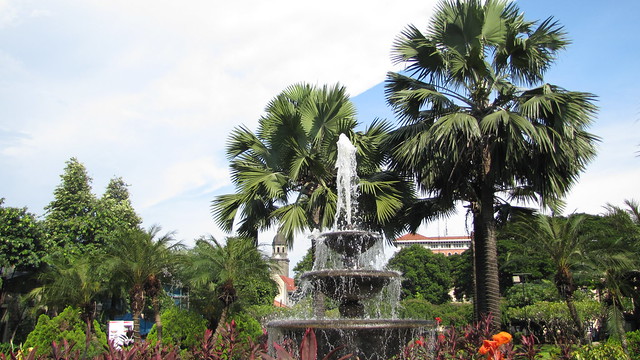
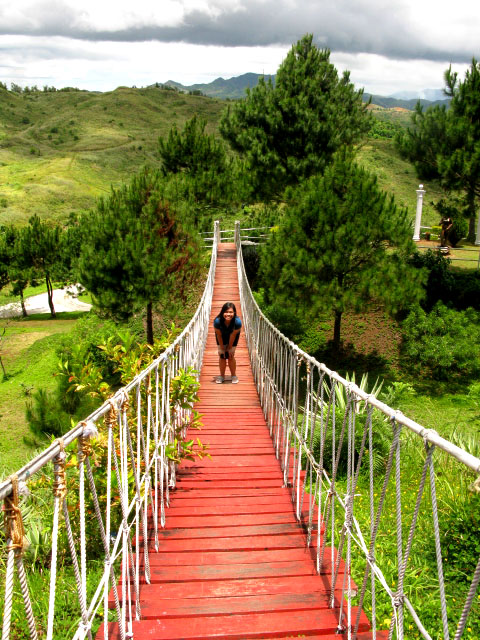
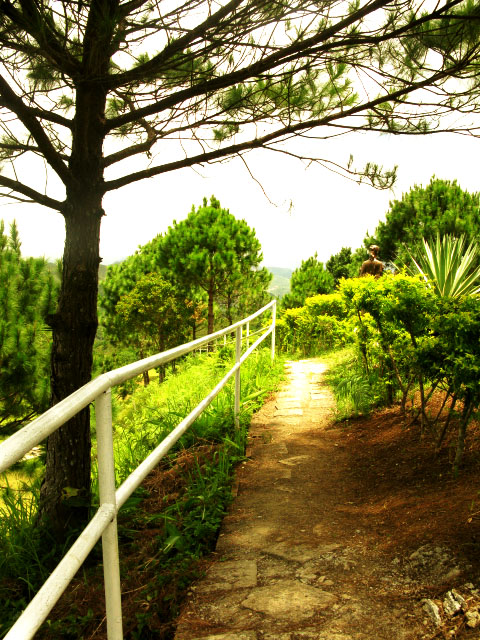


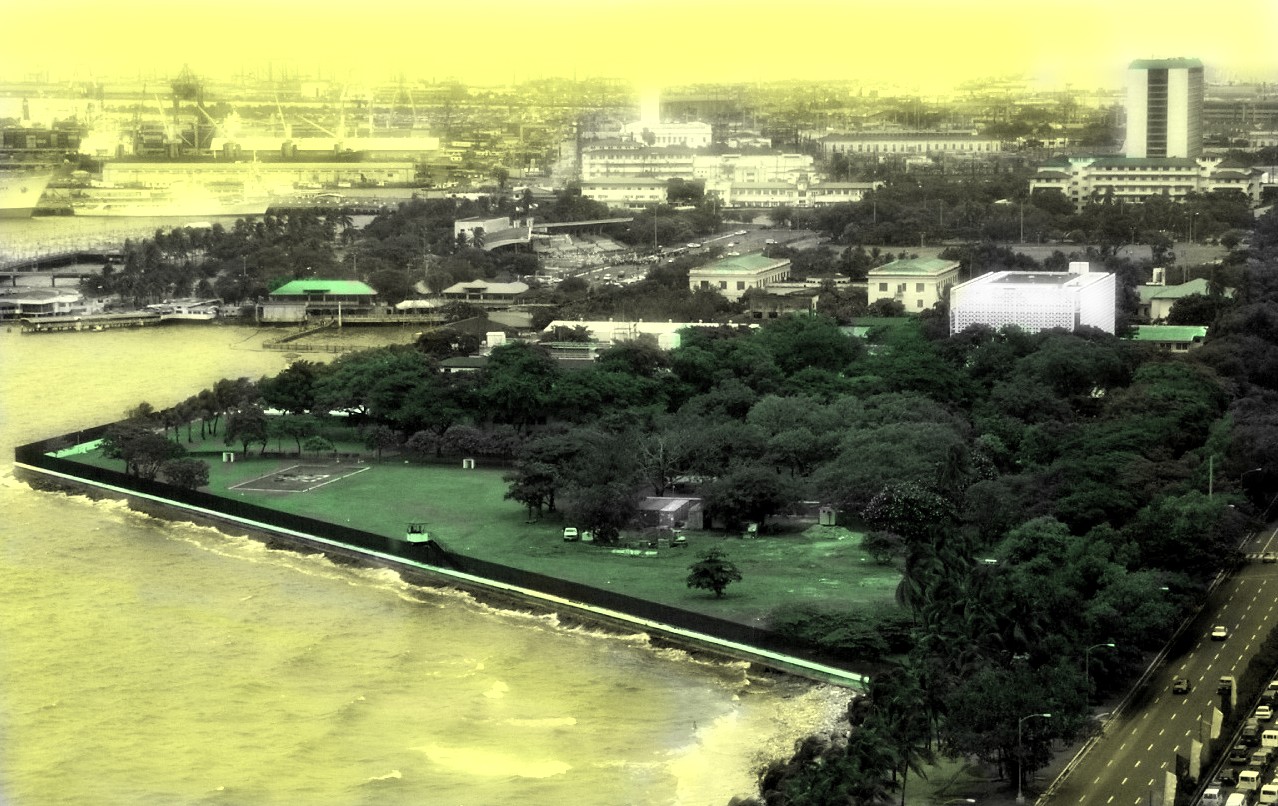
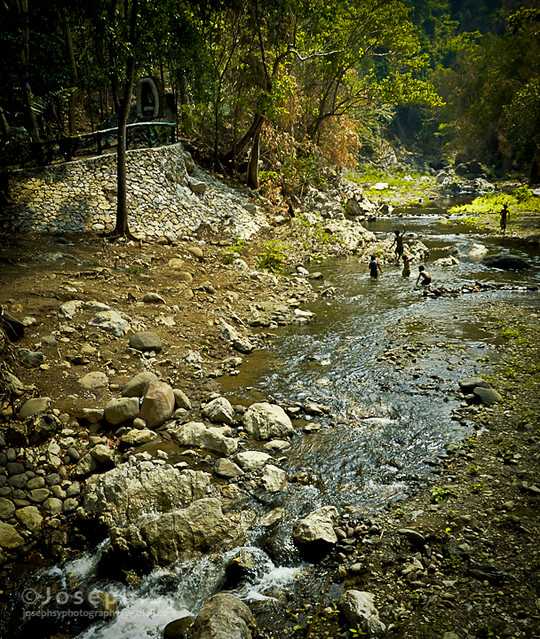






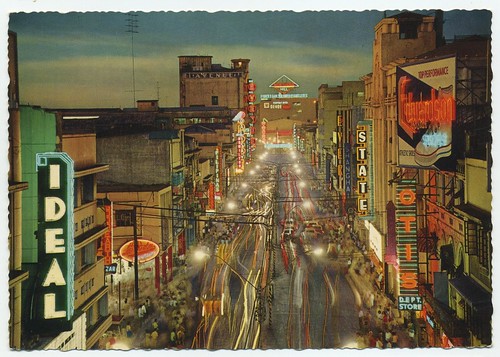
No comments:
Post a Comment